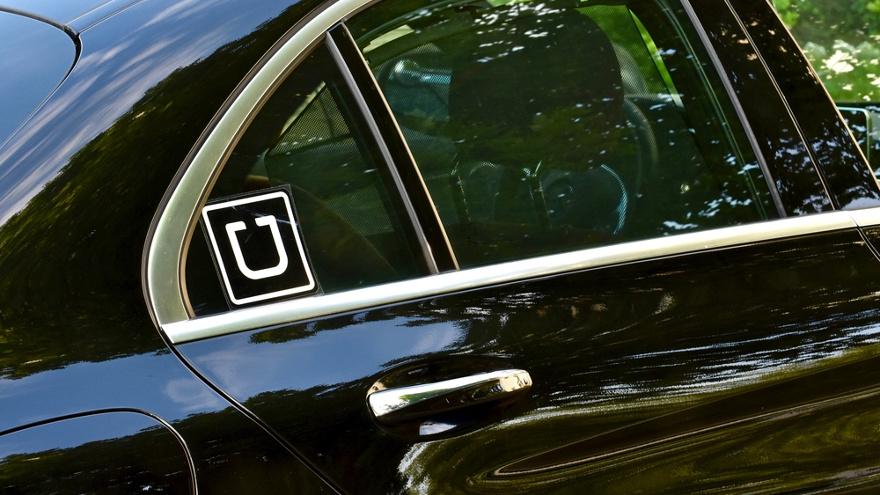Uber exits vehicle-leasing business

Image by Jeramey Lende / Shutterstock.com
Auto Remarketing confirmed on Wednesday that Uber is out of the vehicle-leasing business.
Based in part by what reportedly has been heavy residual value losses, an Uber spokesperson said the Uber will cease Xchange Leasing, the platform where drivers could lease vehicles and maintain monthly payments by serving as a driver for the online company.
“We have decided to stop operating Xchange Leasing and move towards a less capital-intensive approach,” the Uber spokesperson said.
The Wall Street Journal previously reported Xchange Leasing anticipated that residual value losses would average about $500 per unit. The actual losses turned out to be about $9,000 per unit, according to the newspaper.
That kind of disparity is what experts said could be a significant risk threat to the overall health of auto finance company portfolios. Experian Automotive’s Melinda Zabritski explained the possible problems if your customers are using the vehicle attached to the installment contract to drive for transportation services such as Uber.
Why?
Currently, Zabritski said, there is not a clear way to track which units are being used for those purposes and which are not.
To put into perspective the potential quandary, Zabritski pointed out that finance company underwriting scorecards often consider that the customer will roll up 20,000 miles or much less on the vehicle during each year of the contract.
When sister publication SubPrime Auto Finance News returned from Used Car Week last year, the Uber driver who provided transportation from Raleigh-Durham International Airport said he put more than 100,000 miles on his SUV in roughly 12 months.
So how do finance companies determine if the contract holder is driving the vehicle that much, especially for services like Uber?
“It’s been talked about, but right now there’s not a good way to measure it,” Zabritski said. “There are only a few states that require the registration as a livery service or taxi, in which case you could measure it from a vehicle standpoint. Like through an Experian AutoCheck report for vehicles, it would show up as a taxi.
“Not all states require that so lenders look at it and say, ‘Well, how can I look at it?’ You could look at employment, but just because I work for Uber doesn’t mean I’m a driver. There’s just no hard and fast way to do that,” Zabritski continued during a conversation following a panel discussion about the subprime market at this year’s Vehicle Finance Conference hosted by the American Financial Services Association back in January.
“It’s one of those things that it could be a potential risk since these cars are on the road significantly more than your average consumer,” she went on to say. “There’s more chance they could be in an accident, more wear and tear. As a lender, if I have to go repo this car, I think it’s got 40,000 miles on it and it’s really got 90,000. There’s that kind of potential impact.”
Uber’s online newsroom doesn’t list any specifics about how many drivers currently are in its network. However, Uber’s website highlighted it has drivers in nearly 250 North American cities, including major metro areas such as Chicago, New York and San Francisco as well as broadly classified regions such as Eastern North Carolina and Eastern Washington.
“Lenders will certainly use mileage when they’re doing pricing on originations. But also when they’re forecasting reserves, there’s a lot more analytics being put into place in those portfolios,” Zabritski said.
“In forecasting delinquency, there’s a lot about quality of the vehicle, the value if they do have to repo it and what the asset might be worth and what is the vehicle history since that can impact asset value. It’s those types of things that all get formulated in all of the planning,” she continued.
“And right now (with Uber), it’s a big unknown,” Zabritski added.
At least for Xchange Leasing, the ramification certainly appear to be known now.

 View The Latest Edition
View The Latest Edition

